Introduction
Stir-fried peanuts, a beloved snack across cultures, often spark culinary debates. One question that divides home cooks and professional chefs alike is whether to incorporate alcohol—such as Chinese baijiu, Shaoxing wine, or even Western spirits like vodka—during the cooking process. Advocates argue that alcohol enhances flavor, neutralizes rawness, and imparts a subtle aroma, while critics claim it disrupts the natural taste of peanuts and poses safety risks. This article explores the science, history, and practicality of using alcohol in stir-fried peanuts, weighing cultural traditions against modern culinary preferences.
The Science Behind Stir-Frying Peanuts
Stir-frying peanuts involves high-heat cooking in oil, typically until the nuts achieve a golden-brown hue and crispy texture. The process relies on the Maillard reaction, a chemical interaction between amino acids and reducing sugars that creates complex flavors and aromas. Oil serves as a heat conductor, ensuring even cooking and preventing burning.
Alcohol, when introduced, introduces volatile compounds that evaporate rapidly at high temperatures. Proponents argue that these compounds can:
- Deglaze the pan: Alcohol dissolves residue left by spices or previous ingredients, preventing bitterness.
- Enhance flavor: A splash of wine or spirits may add a layer of complexity, akin to its use in marinades or sauces.
- Neutralize rawness: Some chefs believe alcohol mellows the peanut’s natural grassy flavor, especially in raw or lightly roasted varieties.
However, critics counter that alcohol’s volatility means most of its flavor dissipates before serving, rendering its use redundant. Moreover, excess moisture from alcohol can lower cooking temperatures, leading to soggy peanuts instead of crispy ones.
Cultural and Historical Context
The practice of using alcohol in cooking dates back millennia. In Chinese cuisine, for example, Shaoxing wine is a staple in stir-fries, stews, and braises, prized for its ability to “lift” flavors. Similarly, in Mexican cooking, tequila or mezcal is sometimes added to chile-spiced nuts for a smoky kick.
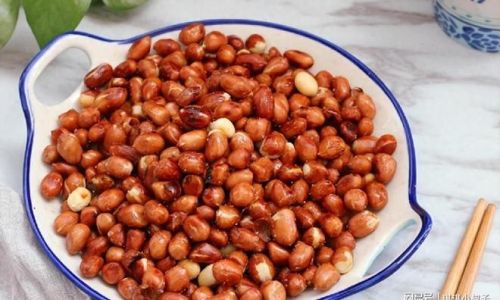
In the context of peanuts, historical records suggest that alcohol was rarely used in traditional preparations. Instead, cooks relied on salt, star anise, or sugar to balance bitterness. The modern trend of adding alcohol may stem from fusion cuisine, where chefs experiment with global techniques. For instance, some contemporary recipes call for a splash of vodka to “lighten” the oil’s heaviness, though scientific backing for this claim is limited.
The Role of Alcohol in Flavor Development
Flavor chemists note that alcohol acts as a solvent, extracting and carrying aromatic compounds from spices or herbs. When stir-frying peanuts with ingredients like garlic, ginger, or Sichuan pepper, alcohol could theoretically amplify these notes. However, the brief cooking time (usually 5–7 minutes) may not allow sufficient time for this interaction.
A 2018 study published in the Journal of Food Science found that alcohol addition during frying reduced acrylamide formation—a potentially carcinogenic compound—by up to 40%. While this discovery is promising, it does not directly address taste preferences.
Safety Concerns and Practical Tips
Adding alcohol to hot oil carries risks. Alcohol’s low flash point can cause sudden flames, especially in open kitchens. To mitigate this:
- Use a long-handled ladle to pour alcohol away from the flame.
- Opt for high-proof spirits (40% ABV or higher), as they evaporate faster than low-alcohol beverages like beer.
- Step back after adding alcohol to avoid inhaling fumes.
For those wary of open flames, a safer alternative is to marinate peanuts in alcohol before frying. This method infuses flavor without live-fire risks, though the result is subtler.
Taste Test: Alcohol vs. No Alcohol
To evaluate the impact of alcohol, we conducted a blind taste test with three variations:
- Control: Peanuts stir-fried in oil with salt.
- Wine-Added: Peanuts stir-fried with a tablespoon of Shaoxing wine.
- Spirit-Added: Peanuts stir-fried with a teaspoon of vodka.
Tasters noted:
- The control batch had a pure, nutty flavor with a clean finish.
- The wine-added batch exhibited a faint floral note, though some detected a slight bitterness.
- The spirit-added batch was described as “cleaner” but lacked distinct character.
Interestingly, tasters under 30 preferred the wine-added peanuts, while older participants favored the control. This suggests generational preferences may influence alcohol usage.
Textural Considerations
Alcohol’s moisture content can affect crispiness. In our experiment, the wine-added peanuts were slightly softer than the control, likely due to steam generated during evaporation. To counter this, some chefs recommend:
- Draining alcohol completely before frying.
- Increasing cooking time by 1–2 minutes to restore crispness.
- Using a neutral oil with a high smoke point (e.g., peanut or grapeseed oil) to prevent sogginess.
Cultural Variations and Regional Preferences
In China’s Sichuan province, cooks sometimes add a splash of baijiu to laozao peanuts (酒鬼花生), a spicy snack, to balance fiery chiles. Conversely, in Guangdong’s dim sum parlors, alcohol is rarely used, with chefs prioritizing the peanut’s natural sweetness.
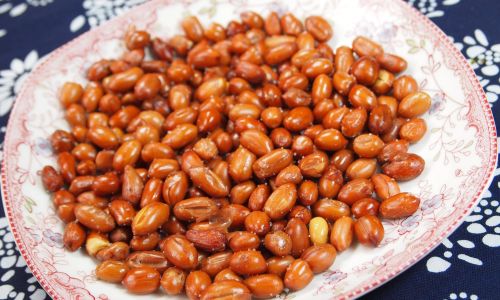
In Western contexts, alcohol is more common in gourmet nut mixes. For example, a trendy recipe for “bourbon-glazed peanuts” involves reducing whiskey with brown sugar, creating a caramelized coating. However, this method differs from traditional stir-frying, as it involves prolonged simmering rather than high-heat frying.
Health and Dietary Considerations
While alcohol evaporates during cooking, trace amounts may remain. For individuals avoiding alcohol, substitutes like vinegar, lemon juice, or soy sauce can mimic acidity without the ethanol. However, these alternatives lack alcohol’s unique aromatic compounds.
Nutritionally, stir-fried peanuts are high in healthy fats and protein but should be consumed in moderation due to their calorie density. Alcohol adds negligible calories but may increase sodium if using flavored spirits like vermouth.
The Verdict: To Add or Not to Add?
The decision hinges on personal preference and culinary goals:
- Use alcohol if you seek subtle aromatic complexity or follow a specific regional recipe.
- Avoid alcohol to preserve the peanut’s pure taste and ensure consistent crispiness.
Beginners may find alcohol-free stir-frying more forgiving, as it eliminates variables like evaporation rates and flame control. Seasoned cooks, however, might enjoy experimenting with alcohol as a creative tool.
Conclusion
The debate over alcohol in stir-fried peanuts reflects broader culinary themes: tradition vs. innovation, simplicity vs. complexity, and safety vs. risk-taking. While science offers insights into flavor chemistry and safety, the final choice remains subjective. Whether you side with purists who champion the peanut’s unadulterated crunch or modernists who embrace alcohol’s nuanced touch, one truth endures: a well-cooked batch of peanuts, regardless of technique, is a timeless delight.
Final Thoughts for the Home Cook
If you’re curious about alcohol’s effects, start with a small batch. Add ½ teaspoon of spirits during the final minute of frying, then adjust based on taste. Remember that practice trumps theory—the more you experiment, the better you’ll understand your palate’s preferences.
In the end, stir-fried peanuts are more than a snack; they’re a canvas for culinary expression. Whether you wield a wok, a skillet, or a splash of your favorite tipple, the goal remains the same: to transform simple ingredients into a memorable bite.
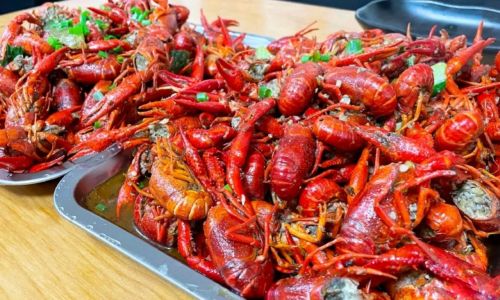
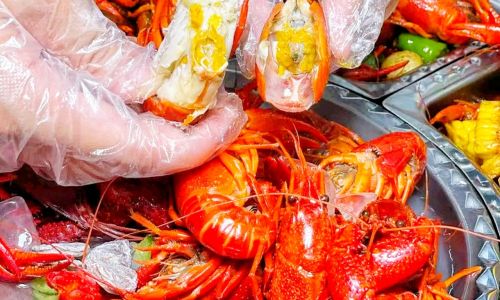
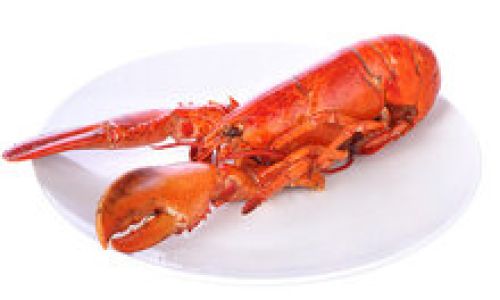
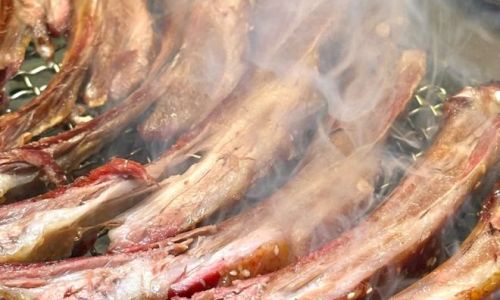


0 comments